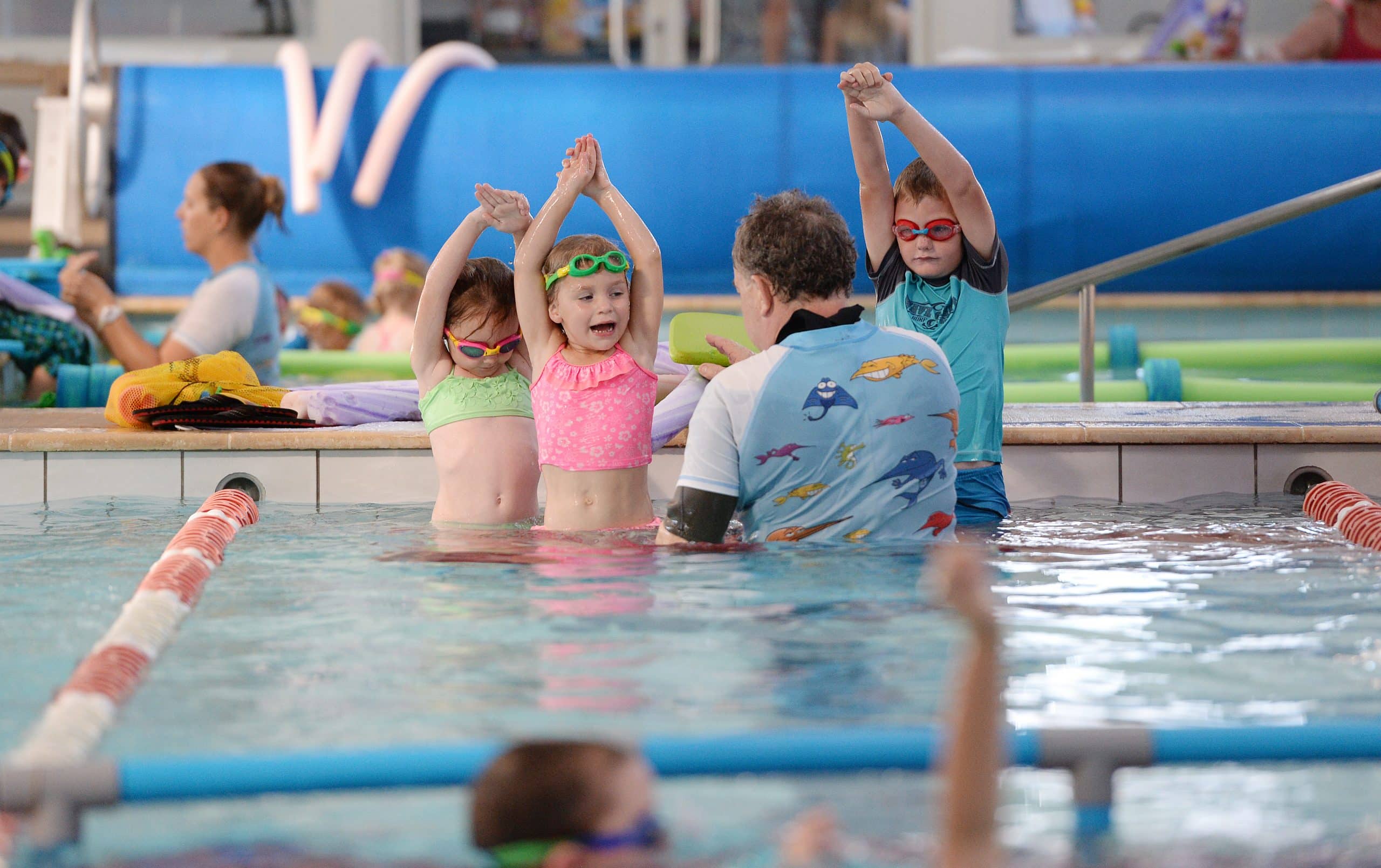
What is the instructor-to-student ratio for swimming lessons in Melville?
Posted by on 2024-11-22
Importance of instructor-to-student ratio in swimming lessons
The instructor-to-student ratio in swimming lessons is a crucial factor that can greatly impact the learning experience and overall safety of participants. In Melville, this ratio varies depending on the type of lesson and age group of the swimmers.
Having a low instructor-to-student ratio allows for more individualized attention and feedback, which can be especially beneficial for beginners or those who may need extra support. It also ensures that each participant receives proper instruction and guidance to improve their skills effectively.
On the other hand, a high instructor-to-student ratio can make it difficult for instructors to closely monitor each swimmer's progress and address any potential safety concerns in a timely manner. This could result in some participants feeling left behind or at risk of not receiving adequate supervision during their lesson.
In Melville, most swimming lessons aim to maintain a small instructor-to-student ratio to prioritize the safety and well-being of all participants. This approach not only enhances the quality of instruction but also helps foster a positive learning environment where swimmers feel supported and encouraged to reach their full potential.
Overall, the importance of having an appropriate instructor-to-student ratio in swimming lessons cannot be overstated. By ensuring that each participant receives personalized attention and supervision, instructors can help individuals build confidence, improve their swimming abilities, and most importantly, stay safe in the water.
Overview of typical instructor-to-student ratios in Melville
In Melville, the instructor-to-student ratio for swimming lessons can vary depending on the specific program or facility. Generally speaking, most swimming lessons in Melville aim to provide a small group setting to ensure that each student receives ample attention and instruction.
On average, you can expect to find ratios ranging from 1:4 to 1:6, with some programs offering even smaller ratios for more personalized attention. This allows instructors to closely monitor each student's progress, provide individual feedback, and tailor their teaching methods to suit the needs of each swimmer.
Having a smaller instructor-to-student ratio can greatly benefit learners by allowing them to build confidence in the water and improve their skills at a comfortable pace. Additionally, it ensures that safety measures are properly enforced and that students receive the necessary support and guidance throughout their lessons.
Overall, the instructor-to-student ratio for swimming lessons in Melville is designed to create a positive learning environment where students can thrive and develop their swimming abilities with confidence. Whether you're just starting out or looking to refine your technique, rest assured that there will be a knowledgeable instructor ready to guide you every stroke of the way.
Factors that may affect instructor-to-student ratios
There are a variety of factors that can influence instructor-to-student ratios for swimming lessons in Melville. One key factor is the availability of qualified instructors. If there are a limited number of certified swim instructors in the area, this can impact the ratio as there may not be enough instructors to accommodate a larger group of students.
Another factor that can affect instructor-to-student ratios is the size of the pool or aquatic facility where the lessons are taking place. A smaller pool may not be able to safely accommodate a large group of students with just one instructor, leading to smaller ratios. On the other hand, a larger pool with multiple lanes may allow for more students to be supervised by one instructor.
The age and skill level of the students can also impact instructor-to-student ratios. Younger or less experienced swimmers may require more individualized attention from an instructor, resulting in smaller ratios. Conversely, older or more advanced swimmers may be able to work more independently and therefore have larger ratios.
Lastly, budget constraints can play a role in determining instructor-to-student ratios. If a facility has limited funds for hiring instructors, they may need to increase class sizes in order to make the program financially feasible.
Overall, there are several factors that can influence instructor-to-student ratios for swimming lessons in Melville. By considering these factors and finding a balance between safety, quality instruction, and cost-effectiveness, aquatic facilities can determine the best ratio for their specific programs.
Benefits of smaller instructor-to-student ratios in swimming lessons
In Melville, the instructor-to-student ratio for swimming lessons is typically kept small to ensure that each individual receives personalized attention and guidance. This smaller ratio allows for a more focused and hands-on approach to teaching, which can lead to faster progress and improved skills in the water.
With fewer students per instructor, swimmers have the opportunity to receive more feedback and corrections on their technique. This can be especially beneficial for beginners who may need extra support and encouragement as they learn how to swim. Additionally, smaller ratios help instructors keep a closer eye on each student's safety and well-being in the water.
Having a lower instructor-to-student ratio also creates a more comfortable and supportive learning environment. Students are able to build stronger relationships with their instructors and classmates, fostering a sense of community and teamwork within the swimming lessons. This can boost confidence levels and motivation, leading to increased enjoyment of the learning process.
Overall, the benefits of smaller instructor-to-student ratios in swimming lessons are clear. By providing individualized attention, promoting safety, and creating a positive learning environment, these smaller ratios help swimmers of all ages and abilities reach their full potential in the water.